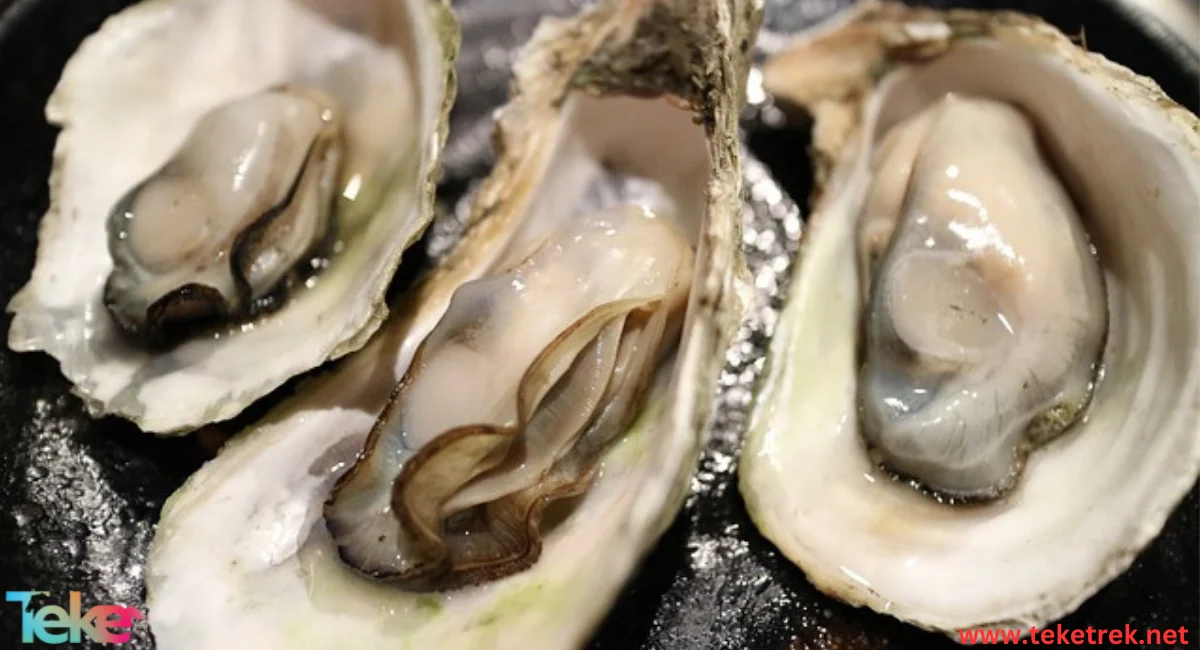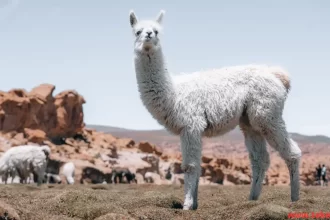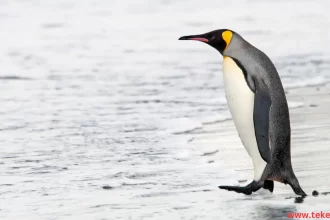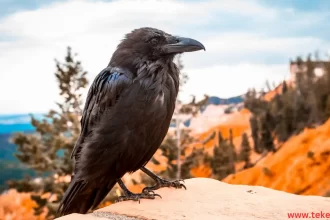Oysters are a type of mollusk that lives in seas and oceans, It is considered one of the important elements in forming the ecosystem.
Oysters are also one of the delicious meals around the world, in addition to the many health benefits they have for humans.
Let’s explore more about these fascinating creatures from teke trek.
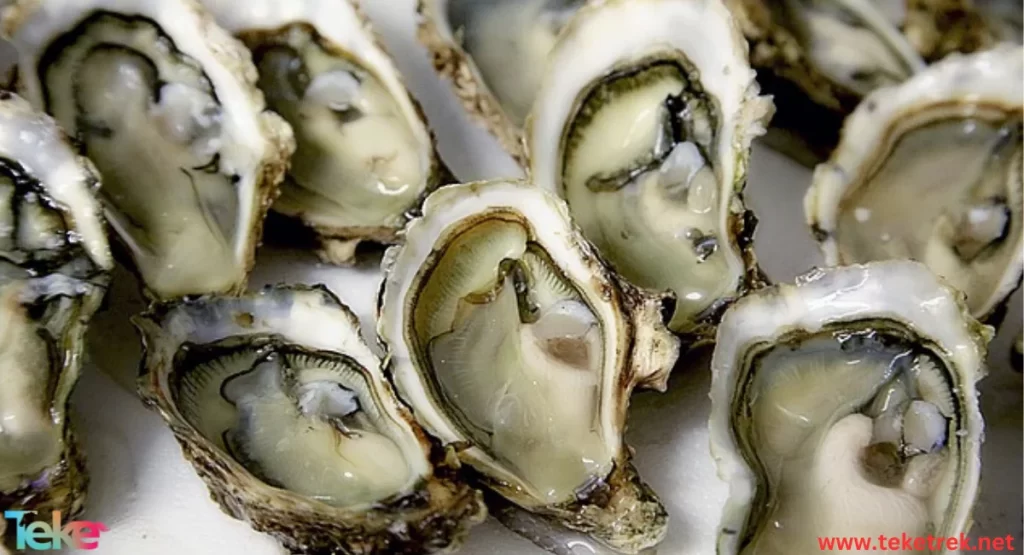
The most important information about oysters
Oysters are a type of bivalve aquatic animal, belonging to the phylum of molluscs.
Scientific name of oyster: Pleurotus ostreatus.
- Oysters have a body surrounded by a shell consisting of two valves, which are connected to each other by a ligament.
- Its outer surface is rough, while its inner surface is smooth and shiny, white. In addition, the oyster is characterized by its reddish-brown color.
- Oysters have feet that dig through mud and dirt like an axe, which is why these animals are called axepods.
- While its gills or gills are composed of thin plates, they are called platelets.
- Oysters do not have a head, but rather have two pairs of gills in the shape of the letter W.
- Oysters use their gills to obtain oxygen for breathing, and they also use a filter to capture food.
- In addition, the oyster’s digestive system consists of a stomach, two digestive glands, and a gut.
- In addition, the oyster’s heart pumps blood to all parts of the body. Blood also carries oxygen and nutrients to the body and rids it of waste.
- In addition, oysters do not have eyes, but they do have two rows of palps or tentacles.
- Oysters have many enemies, but they have no means of defending themselves except through their shell.
- Man is considered his greatest enemy, in order to hunt and eat him.
- One fish may swallow thousands of small oysters at a time. Crabs and marine animals, as well as starfish and snails, all devour shellfish.
- Oysters spend all but the first few weeks of their lives in one location on the seafloor.
- It uses the substance secreted by the shell coat to attach itself to a rock or any other object in the water.
- Most oysters live for about six years. Others may live for twenty years.
- Oysters are known to be the makers of pearls, as the pearl is made of a substance called “mother-of-pearl,” and this is done inside the oyster.
- Pearls are formed when a foreign body enters the stomach of the oyster. In order to protect itself from this foreign body, the oyster secretes calcium carbonate, along with some protein substances, around this foreign body.
- There are several categories of shellfish, the first of which is molluscs: this category includes oysters, mussels, and scallops.
- The second category is crustaceans: it includes crabs, lobsters, and shrimp.
- The third category: Cephalopods: This category includes squid and octopuses.
- There are more than 200 species of oysters in the world, but only a few species are commonly used for food.
What is the diet of oysters?
Oysters depend on phytoplankton for their food, and they need food rich in nutrients and proteins.
- Oysters’ feeding habits vary depending on their species and geographic location, but they usually feed on algae and small organic impurities found in the water.
- Oysters also use their spiral feet to feed by lifting sand and mud from the sea floor and extracting food from it.
- In addition, oysters feed on seaweed and small marine animals. Such as plankton, reptiles, worms, in addition to snails and fish.
- Oysters obtain their food through their biological system, by pumping water and filtering small organisms from the water around them.
Reproduction stages in oysters
- The female oyster produces a number of eggs reaching 500 million eggs per year.
- These eggs are yellow in color and very small in size.
- The female scatters the eggs in the water, and the male oyster then ejaculates the sperm.
- It combines with the eggs and the fertilization process takes place, and each one is the size of the tip of a needle.
- Young oysters use their cilia for movement, and when they reach twenty-four hours of age, they form small shells, where they are called diaphragm larvae. It cannot be eaten until after several months.
- Oysters grow very quickly, with oysters reaching 30 cm in length.
- Oysters can change sex several times a year, up to four times.
Locations of oysters
Most shellfish species live in shallow coastal waters:
- Oysters live in oceans and coasts, and love areas with moderate or hot climates.
- Oysters are known to live next to their shells on sea rocks, or any other solid body at the bottom of oceans and seas.
- Oysters live in fresh water, in lakes, rivers and ponds.
- These animals are known to be slow moving, as they live halfway or completely submerged in water, in the soil or bottom sand.
Benefits and harms of oysters
- Oysters have been used since ancient times as food for humans. It contains large amounts of calcium, phosphorus and zinc.
- In addition, it is considered a very expensive food, as it is often only served in luxury restaurants.
- Oysters are one of the marine fruits rich in many important nutrients and elements, especially minerals and beneficial oils.
- For example, oysters contain protein and zinc, as well as iron, copper and potassium, in addition to manganese, phosphorus and sodium.
- Oysters contribute to preventing atherosclerosis and clots, as well as strokes.
- The presence of high levels of protein in oysters contributes to burning fat in the body.
- Despite its many benefits, it negatively affects heart and blood pressure patients, due to its high sodium and cholesterol content.
- In addition, oysters may cause poisoning if eaten in high quantities, due to their high zinc content.
- Allergies to sea shellfish are common. Such as urticaria or eczema.
Types of oysters
- Real oysters: This family includes edible oysters, for example pilon oysters, eastern oysters, and Olympia oysters, as well as Pacific oysters and Sydney rock oysters.
- Pearl oysters: Many shell-bearing molluscs are capable of producing pearls, but most of them are worthless, while the types of oysters that produce valuable pearls belong to the feather oyster family
- Pacific oysters: The most widespread type around the world, this type is usually found in Europe, as well as along the west coast, and is characterized by being small in size and beautiful in shape. Its shape is pointed and sharp.
- Kumamoto oysters: It is small in size, has a bowl-like shape, and has a nutty flavour. It is usually spread in Japan and along the West Coast.
- Atlantic oysters: It is called the eastern oyster. It is distinguished by the shape of its shells, which are larger and rounder.
- European flat oyster: It is known as the most famous in Europe. This variety is characterized by smooth, flat shells and a sharp taste.
- Oysters Olympia: It is considered the smallest oyster in the world, as it is distinguished by its sweet taste and high cost, which is due to its scarcity.
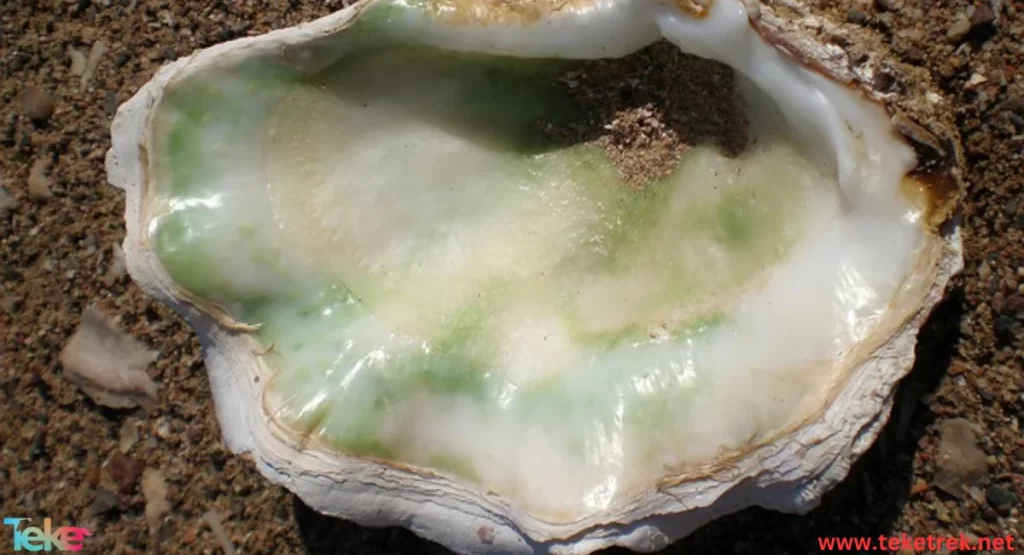
Frequently asked questions about oysters
Here are the most frequently asked questions about oysters, with comprehensive answers:
- Why is it not recommended to eat oysters?
It is not recommended to eat shellfish because they may be contaminated with germs and viruses.
- Are pearls found in oysters?
Many different types of molluscs can produce pearls.
- How long do you cook oysters?
The cooking time for oysters is 5-10 minutes.
- Is oyster halal in Islam?
Oyster is generally considered to be halal.
In the end, this creature remains one of the creatures that hides hidden beauty within it, and it has always carried precious pearls in its shell, and that alone is enough to give it a great secret to humans..

